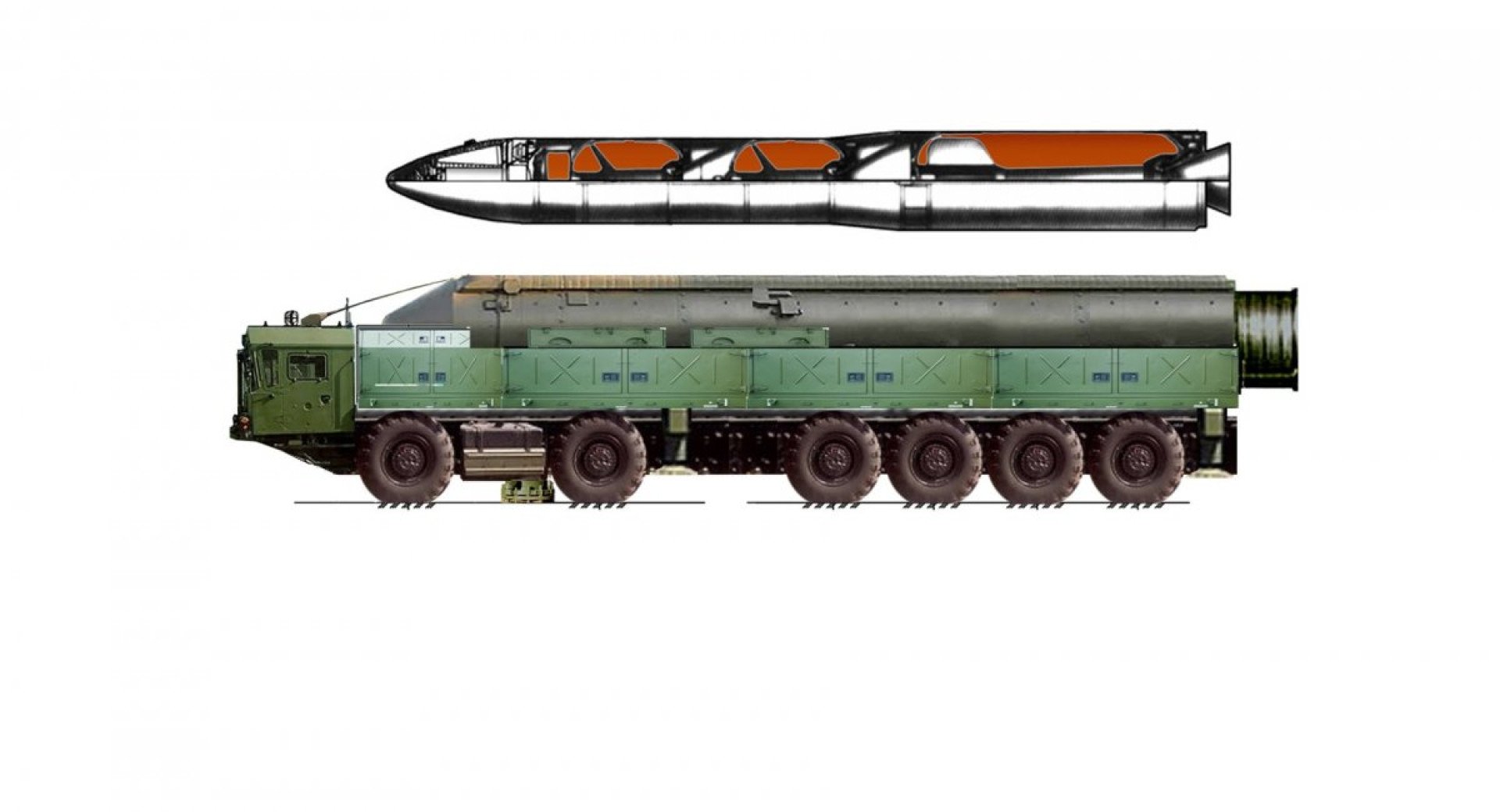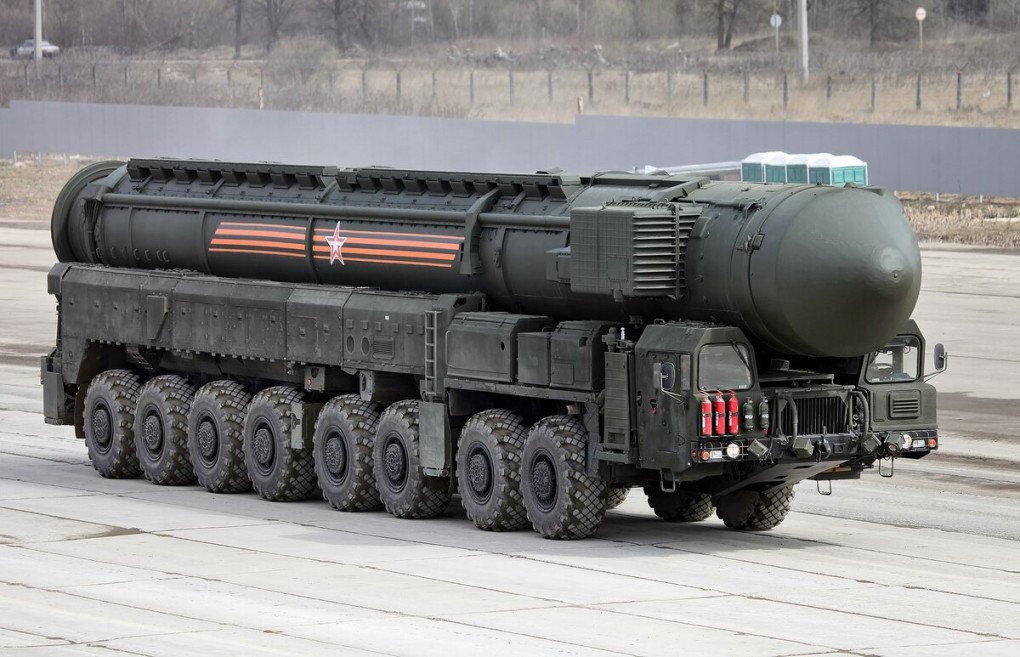- Category
- War in Ukraine
Russia Simulates Nuclear Strike, Hits Ukraine With Intercontinental Ballistic Missile

A suspected RS-26 Rubezh missile streaked toward Dnipro, reaching its target in under five minutes—potentially part of Russia’s latest PSYOP, simulating a nuclear strike.
Russia launched its first-ever intercontinental ballistic missile (ICBM) strike against Ukraine on November 21, a chilling escalation in its war of aggression. The missile, fired from Russia’s Astrakhan region, hit the city of Dnipro.
Sources point to the RS-26 Rubezh system, a ballistic missile capable of carrying nuclear warheads. This time, however, the warhead was likely replaced with a non-nuclear mockup or alternative payload for demonstration purposes. Footage of the missile’s impact reveals its atypical characteristics, adding weight to this assessment.
On November 20, the U.S. Embassy in Kyiv issued a warning about a potential major missile strike, leading to a temporary suspension of its operations. Reports at that time suggested the possibility of an imminent ICBM attack on Ukraine—the first since Russia’s full-scale invasion began. As of now, Western partners have not confirmed the use of the RS-26 Rubezh system.
What is the RS-26 Rubezh?
Insider reports from November 20 indicated that the missile launched on November 21 was an RS-26 Rubezh. These reports detailed a planned launch from the Kapustin Yar testing range in Russia’s Astrakhan region.
The RS-26 Rubezh is a classified project, with little publicly available information. Russia has been tight-lipped about the system since its development began in the mid-2000s. The missile’s first test launch occurred in 2011, but its current stage of development remains uncertain.

The missile is believed to be based on the “Topol-M” system, with both systems sharing the same developer (Moscow Institute of Thermal Technology) and manufacturer (Votkinsk Machine Building Plant). However, details about whether the RS-26 Rubezh has entered mass production or its production scale are unknown.
The technical details of the RS-26 Rubezh remain largely undisclosed. Estimates suggest the missile has a range of around 6,000 kilometers and a weight of up to 50 tons. It is commonly believed to carry four warheads, though modifications are possible. Critics of the Dnipro strike point to video evidence showing six warheads, not four, as expected. Given the classified nature of the RS-26 program, information about potential modifications remains speculative.
Threat to Ukraine
Russia’s strike on Dnipro is widely seen as a calculated show of force, underscoring Moscow’s nuclear strike capabilities. The RS-26 Rubezh, built for large-scale nuclear strikes, was used in this instance to hit a single infrastructure target—indicating a symbolic demonstration rather than a tactical maneuver. Given the high cost of RS-26 launches, Russia has more practical and cost-effective weapon systems for similar strikes. This launch served as a political statement and a blatant act of intimidation.
Ukraine currently lacks the means to intercept such missiles.
-29a1a43aba23f9bb779a1ac8b98d2121.jpeg)
-6359eca46c72bde40a90abaaadd6eaa8.png)


-206008aed5f329e86c52788e3e423f23.jpg)
